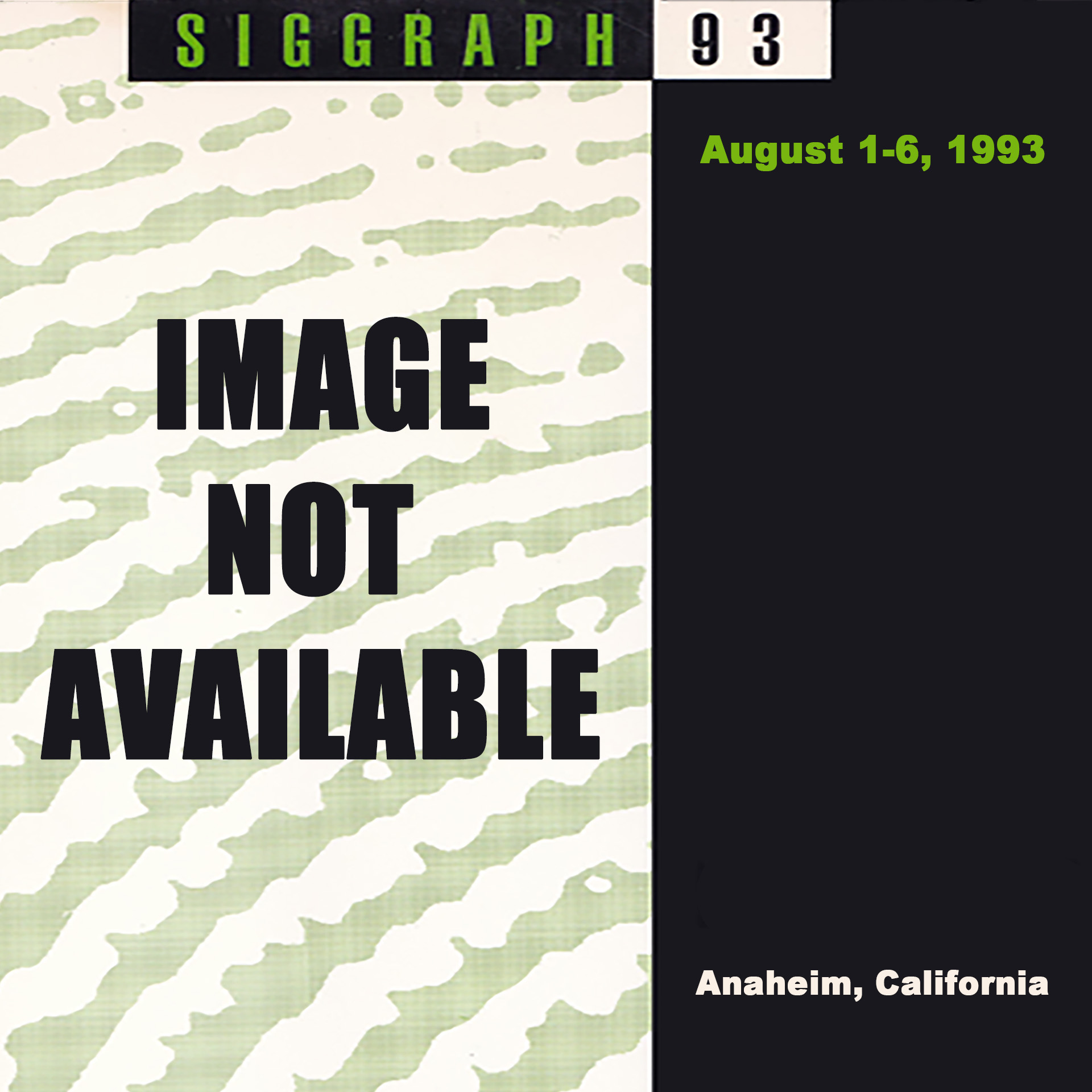“The Exquisite Mechanism of Shivers” by Seaman
Notice: Pod Template PHP code has been deprecated, please use WP Templates instead of embedding PHP. has been deprecated since Pods version 2.3 with no alternative available. in /data/siggraph/websites/history/wp-content/plugins/pods/includes/general.php on line 518
Conference:
- SIGGRAPH 1993
-
More from SIGGRAPH 1993:
Notice: Array to string conversion in /data/siggraph/websites/history/wp-content/plugins/siggraph-archive-plugin/src/next_previous/source.php on line 345

Notice: Array to string conversion in /data/siggraph/websites/history/wp-content/plugins/siggraph-archive-plugin/src/next_previous/source.php on line 345

Type(s):
Entry Number: 35
Title:
- The Exquisite Mechanism of Shivers
Program Title:
- Tomorrow's Realities
Presenter(s):
Collaborator(s):
Description:
The Exquisite Mechanism of Shivers is an interactive videodisk installation that combines poetic text fragments, modular music segments and image sequences. The work incorporates a videodisk and computer to facilitate the combination and recombination of a set of specific word/image/sound modules. Each module is presented as a word (or words) superimposed over a related visual image, accompanied by a musical fragment. A linear video, 28 minutes in duration and edited to an audio recording consisting of 33 short musical “movements,” forms the foundation of the work. Each of the 33 sections presents a sentence comprised of 10 sentence fragments. I composed the music, read the text, and played all of the instruments (synthesizers and samplers) except the cello, which was played by Suhanya Raffael. The music was constructed on an SSL computer-controlled analog mixing desk.
The installation functions in the following manner. The viewer can select “Words” from a poetic text on a Macintosh menu generated with HyperCard 2.1 and the Voyager Press VideoStack. This is facilitated by scrolling through the Voyager Press VideoStack, through ten lists of word variables. There are 33 word (or short phrase) variables for each of the ten slots in the sentence. These words/phrases function as modular linguistic sentence fragments in a preconceived sentence template. The viewer uses a mouse to select these words on a Macintosh menu and subsequently triggers corresponding images, words, and sounds housed on a videodisk. The computer facilitates the instantaneous substitution of work/image/sound segments within the sentence template structure as derived through viewer choice. Thus the viewer experiences the active navigation of a series of changing poetic audio/visual sentences. The work explores pluralistic meaning through the presentation of material in numerous alternate contexts. A catalog of work/image relations is presented, exploring a variety of linguistic possibilities. Humor, literalisms, visual puns, work/image/sound play, modular musical composition, ‘canned chance,’ sense/nonsense, and a variety of other relations are explored. The viewer takes an active role in the construction of meaning by forming a personal connection between each word and image, as well as through associations that arise during navigation of the sentences.
HyperCard menus allow the viewer to watch for as long as they wish, exploring the material at their own rate. The participant is presented with a series of options through various linked menus. They are able to explore the linear material as one option, a selection of linguistic variables from the template structure as another option, various sentences that they build through their selection process as a third option, and image/sound/language poetry that (if selected) is generated by the computer. This semi-random poetry is generated by having the computer randomly select one choice from each stack of specific sentence function variables, making sure to maintain the proper order, to derive new sentences. These word/image/sound modules are called up from a videodisk using sets of random numbers tied to specific locations (segments) on the disk (one set for each segment’s function in the sentence). The computer facilitates the instantaneous search and play of the appropriate text/image/sound fragments on the videodisk, maintaining the correct sentence syntax. In this mode the work functions as an automatic poem generator.
A non-interactive installation has also been constructed using the linear version of the image/sound modules. Video wall technology has been used to position the words in sentence format, across ten monitors presented side-by-side. The video wall displays the sentence one module at a time while the linear soundtrack plays. After each motion segment plays on a particular monitor, the system grabs the last frame and holds the five word/phrases, then the next monitor is activated playing the next word/phrase, and so on through the piece. After ten segments, the next sentence will begin from the first monitor, replacing one segment at a time until all 330 segments have been played. At this point the process transparently starts over.
Hardware
■ Mac llfx w/ hard disk including Mac 13″monitor, System 7
■ Mixer w/effect send and equalizer
■ 1 reverb: Alessis Midi Pro-verb
■ Amplifier, Cables, 2 speakers
■ 1 Sony Superbright video projector
■ 1 constructed Kiosk
■ PAL disc player: Sony LDP 1500P






